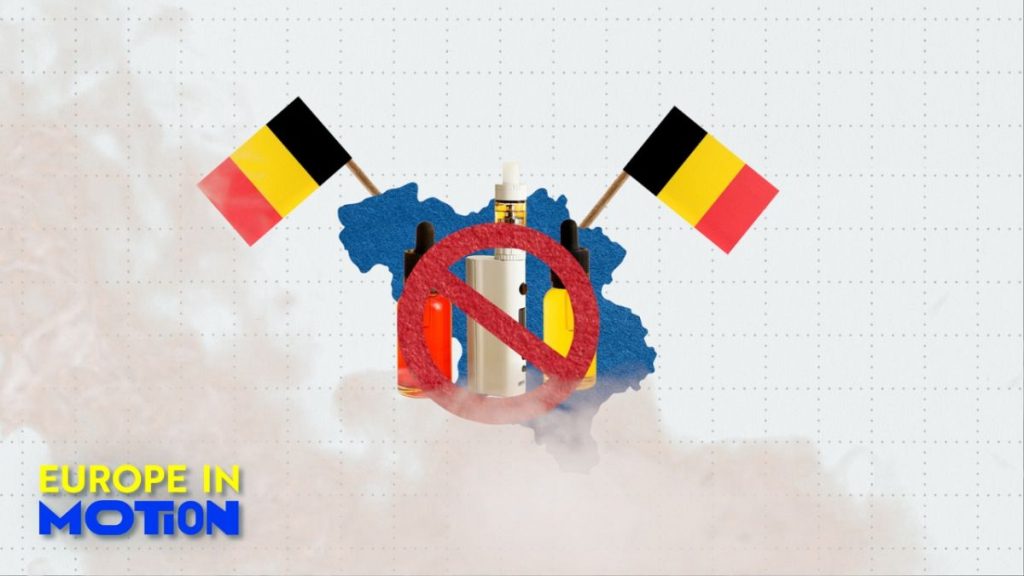The proliferation of electronic cigarettes and vaping products has emerged as a significant public health concern, particularly among younger populations. While vaping rates across Europe remain relatively low overall, they demonstrate a concerning upward trend among adolescents and young adults. The latest OECD report highlights this disparity, indicating higher vaping rates in countries like Luxembourg, Estonia, and Czechia, all exceeding 10% of the population, compared to significantly lower rates in Bulgaria, Austria, and Croatia, where rates fall below 1%. This trend is particularly alarming given the potential long-term health consequences of vaping, which are still being investigated. The data reveals a stark contrast between overall vaping prevalence and youth adoption, with the average vaping rate for the 15-24 age group reaching 6.5% in 2022, but soaring to 30% in Estonia, 25% in the Czech Republic, and 20% in Luxembourg. This surge in youth vaping underscores the need for targeted interventions and regulations to address the appeal of these products to young people.
One striking observation within the data is the correlation between rising vaping rates and declining tobacco smoking rates, particularly in Estonia and the Czech Republic. This suggests that vaping might be displacing traditional cigarette smoking among some demographics. However, the public health implications remain complex, as the long-term health effects of vaping are not fully understood. While some proponents argue that vaping could serve as a harm reduction tool for existing smokers, concerns remain about its potential to act as a gateway to nicotine addiction for non-smokers, especially young people. The aggressive marketing of vapes as healthier alternatives to traditional cigarettes contributes to their appeal, prompting individuals, particularly those attempting to quit smoking, to embrace these products. This dynamic further complicates the public health landscape, necessitating a nuanced approach to regulation and public awareness campaigns.
The European Union is grappling with the challenge of regulating vaping products effectively, with individual countries taking different approaches. Belgium has taken the most decisive step, becoming the first EU member state to ban the sale of disposable vapes entirely, citing environmental concerns and the particular appeal of these products to youth. Ireland is following suit, planning a ban on disposable e-cigarettes and restricting vape flavours to tobacco only, a move intended to curb the allure of these products to young people. These initiatives reflect a growing recognition of the potential risks associated with vaping, especially for younger generations, and the need for proactive measures to mitigate these risks. The diverse regulatory approaches across the EU highlight the ongoing debate on how best to balance public health concerns with individual freedoms and the potential role of vaping in smoking cessation.
Underlying these regulatory efforts is a growing concern about the addictive nature of nicotine, a key ingredient in most vaping products. Experts emphasize the importance of preventing nicotine addiction among non-smokers, particularly young people, and providing adequate support for those trying to quit smoking altogether. The concern is that while e-cigarettes might play a role in helping some smokers quit, many individuals end up using both traditional cigarettes and vapes, a practice known as “dual use,” which can undermine attempts to quit smoking completely. This complex interplay between vaping and smoking cessation necessitates tailored approaches to support individuals in their efforts to quit, while also addressing the potential for vaping to initiate nicotine addiction in non-smokers.
The EU’s overall approach to tobacco control, including the regulation of vaping products, has faced delays and challenges. A proposed overhaul of smoking regulations, which could include restricting vape flavours and nicotine content, has been postponed to 2025. This delay has raised concerns about the EU’s commitment to its anti-tobacco agenda and sparked speculation about potential influence from the tobacco industry. The postponement underscores the complex political and economic considerations involved in regulating these products, and the need for transparency and robust evidence-based policymaking. The debate over vaping regulation within the EU reflects a broader global struggle to balance public health concerns, individual freedoms, and economic interests in the face of evolving nicotine delivery technologies.
In conclusion, the rise of vaping presents a complex public health challenge, particularly in light of its increasing prevalence among young people. While vaping may offer a potential pathway away from traditional smoking for some individuals, concerns remain about its potential to initiate nicotine addiction in non-smokers and the long-term health consequences of its widespread use. The EU’s ongoing efforts to regulate vaping products are marked by a variety of approaches, reflecting the diverse perspectives on its role in public health. The debate over vaping regulation underscores the need for comprehensive research, effective public awareness campaigns, and robust, evidence-based policies that protect public health while respecting individual choices. The balance between harm reduction and preventing new addictions remains a critical challenge for policymakers and public health officials alike.

